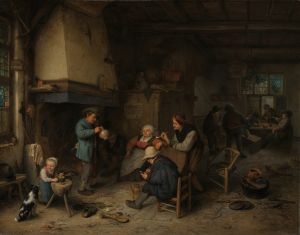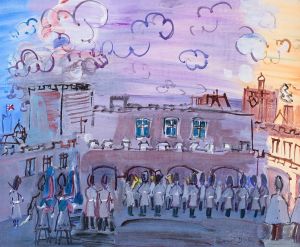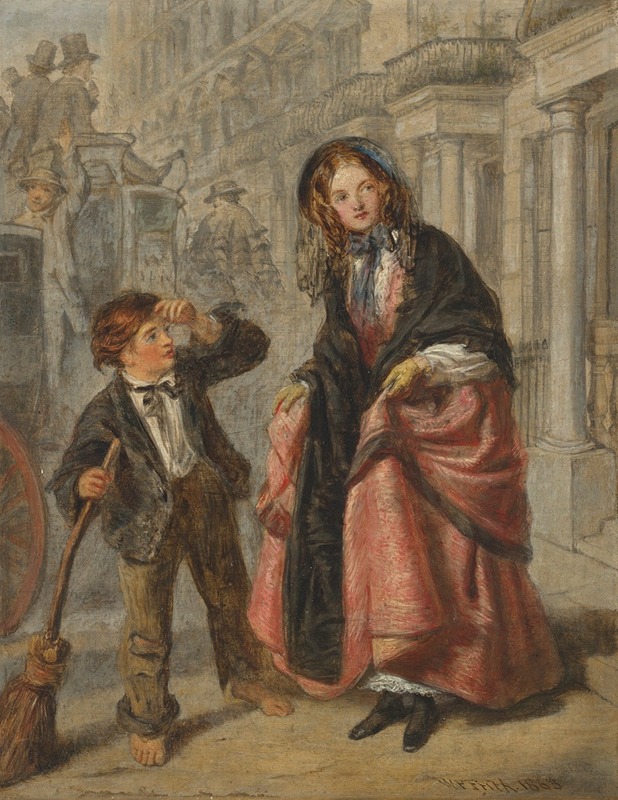
The crossing sweeper
A hand-painted replica of William Powell Frith’s masterpiece The crossing sweeper, meticulously crafted by professional artists to capture the true essence of the original. Each piece is created with museum-quality canvas and rare mineral pigments, carefully painted by experienced artists with delicate brushstrokes and rich, layered colors to perfectly recreate the texture of the original artwork. Unlike machine-printed reproductions, this hand-painted version brings the painting to life, infused with the artist’s emotions and skill in every stroke. Whether for personal collection or home decoration, it instantly elevates the artistic atmosphere of any space.
"The Crossing Sweeper" is a painting by the British artist William Powell Frith, completed in 1858. Frith was a prominent figure in Victorian art, known for his detailed and narrative-driven works that often depicted scenes of contemporary life. This painting is a notable example of his ability to capture the social dynamics and everyday experiences of 19th-century London.
The artwork portrays a young crossing sweeper, a common figure in Victorian cities, whose job was to clear a path through the horse-drawn traffic and mud for pedestrians in exchange for small tips. The crossing sweeper is depicted in the foreground, emphasizing his role and presence in the bustling urban environment. Frith's attention to detail is evident in the realistic portrayal of the boy's ragged clothing and the tools of his trade, which include a broom and a small bucket.
In the background, Frith includes a variety of figures from different social classes, highlighting the diverse and often starkly contrasting lives of London's inhabitants. This juxtaposition serves to underscore the social commentary inherent in the painting, as the crossing sweeper, a symbol of the working poor, is set against the backdrop of wealthier individuals who traverse the streets with ease. The painting thus reflects the social stratification and economic disparities of the time.
Frith was known for his ability to capture the essence of Victorian society, and "The Crossing Sweeper" is no exception. The painting is rich with narrative detail, inviting viewers to consider the broader social context and the individual stories of the characters depicted. The work is a testament to Frith's skill in combining realism with a keen social awareness, making it a valuable piece for understanding the complexities of urban life in 19th-century England.
"The Crossing Sweeper" is part of a larger body of work by Frith that includes other notable paintings such as "The Derby Day" and "The Railway Station," both of which similarly explore themes of social interaction and the bustling energy of Victorian life. Frith's work was well-received during his lifetime, and he was a member of the Royal Academy, reflecting his status as a leading artist of his era.
Today, "The Crossing Sweeper" is appreciated not only for its artistic merit but also for its historical significance. It offers a window into the past, providing insight into the daily lives and social conditions of the time. The painting remains an important piece in the study of Victorian art and continues to be exhibited and studied for its contribution to the genre of social realism.
Overall, William Powell Frith's "The Crossing Sweeper" stands as a poignant reminder of the social realities of its time, capturing the essence of a rapidly changing society through the lens of a seemingly simple yet deeply meaningful scene.





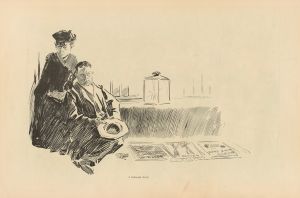
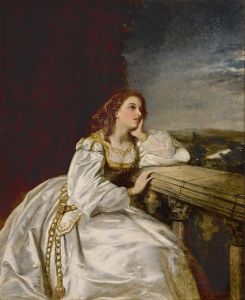

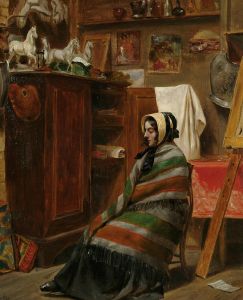
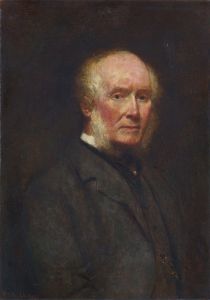
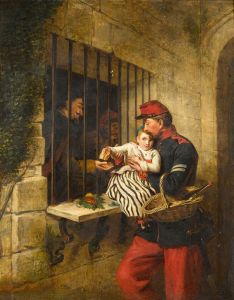
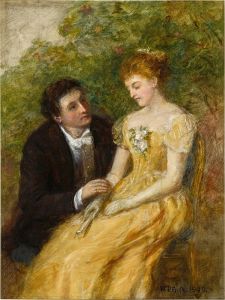

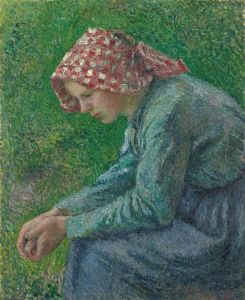
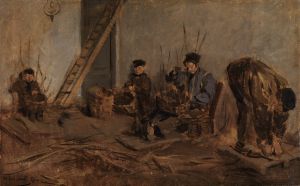
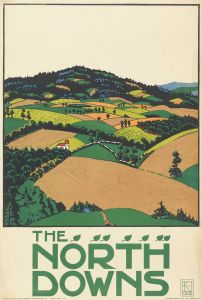
![Design for Longchamps Restaurant, 79th St., New York, NY.] [Proposed treatment for front of restaurant](/imgs/249289/s/winold-reiss-design-for-longchamps-restaurant-79th-st-new-york-ny-proposed-treatment-for-front-of-restaurant-83a4c86c.jpg)
